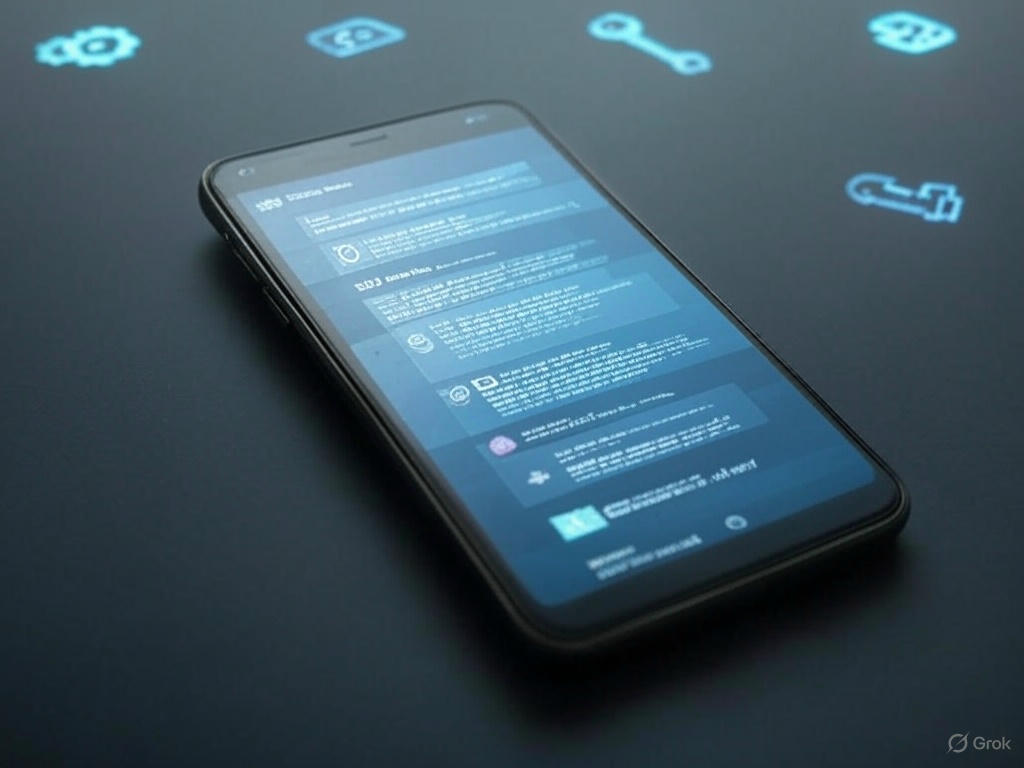Android phones are powerful devices, but they can sometimes run into issues that frustrate users. Whether it’s a slow performance, battery drain, or app crashes, these problems can disrupt your daily routine. In this article, we’ll walk you through some of the most common Android phone problems and provide step-by-step solutions to fix them.
Table of Contents
- Why Do Android Phones Face Common Issues?
- Top 7 Common Android Phone Problems and Their Solutions
- Preventive Tips to Keep Your Android Phone Running Smoothly
- Conclusion
Why Do Android Phones Face Common Issues?
Android phones are versatile devices that cater to a wide range of users. However, their open-source nature and the variety of hardware and software combinations can lead to occasional issues. Factors like outdated software, excessive app usage, or even hardware limitations can cause problems. The good news is that most of these issues can be resolved with a few simple steps.
Top 7 Common Android Phone Problems and Their Solutions
1. Slow Performance
Symptoms: Laggy interface, delayed app launches, and slow response times.
Solutions:
- Clear Cache: Go to Settings > Storage > Cached Data and clear cached files.
- Uninstall Unused Apps: Remove apps you no longer use to free up resources.
- Restart Your Phone: A simple restart can resolve temporary glitches.
- Update Software: Ensure your phone is running the latest Android version.
2. Battery Draining Too Fast
Symptoms: Battery percentage drops rapidly even with minimal usage.
Solutions:
- Check Battery Usage: Go to Settings > Battery to identify apps consuming the most power.
- Enable Battery Saver Mode: This reduces background activity and extends battery life.
- Lower Screen Brightness: Reduce brightness or enable adaptive brightness.
- Disable Unnecessary Features: Turn off GPS, Bluetooth, and Wi-Fi when not in use.
3. Apps Crashing or Freezing
Symptoms: Apps close unexpectedly or become unresponsive.
Solutions:
- Update Apps: Ensure all apps are updated to their latest versions.
- Clear App Cache: Go to Settings > Apps > [App Name] > Storage > Clear Cache.
- Reinstall the App: Uninstall and reinstall the problematic app.
- Check for System Updates: Sometimes, app issues are resolved with OS updates.
4. Wi-Fi or Bluetooth Connectivity Issues
Symptoms: Unable to connect to Wi-Fi or Bluetooth devices.
Solutions:
- Restart Your Router or Device: Power cycle your router or Bluetooth device.
- Forget and Reconnect Network: Go to Settings > Wi-Fi, forget the network, and reconnect.
- Reset Network Settings: Go to Settings > System > Reset Options > Reset Wi-Fi, Mobile & Bluetooth.
5. Overheating Issues
Symptoms: Phone becomes excessively hot during use or charging.
Solutions:
- Avoid Heavy Usage While Charging: Using your phone while charging can cause overheating.
- Close Background Apps: Too many apps running in the background can heat up your device.
- Remove Phone Case: Some cases trap heat; remove them to allow better airflow.
- Check for Malware: Malicious apps can cause overheating. Use a trusted antivirus app to scan your device.
6. Storage Space Running Out
Symptoms: Unable to install new apps or save files due to low storage.
Solutions:
- Delete Unnecessary Files: Remove old photos, videos, and downloads.
- Use Cloud Storage: Upload files to Google Drive or other cloud services.
- Move Apps to SD Card: If your phone supports it, move apps to an external SD card.
- Clear App Cache: Clear cached data to free up space.
7. Unresponsive Touchscreen
Symptoms: Touchscreen does not respond to taps or gestures.
Solutions:
- Restart Your Phone: A reboot can fix temporary touchscreen issues.
- Remove Screen Protector: A damaged or poorly fitted screen protector can interfere with touch sensitivity.
- Check for Software Updates: Sometimes, touchscreen issues are resolved with updates.
- Factory Reset: As a last resort, back up your data and perform a factory reset.
Preventive Tips to Keep Your Android Phone Running Smoothly
- Regularly Update Software: Keep your Android OS and apps updated to the latest versions.
- Use Antivirus Software: Protect your phone from malware and viruses.
- Avoid Overloading Your Phone: Limit the number of apps and files stored on your device.
- Clean Your Phone Physically: Dust and dirt can affect performance; clean your phone regularly.
- Monitor Battery Health: Avoid overcharging and use original chargers.
Conclusion
Android phones are incredibly versatile, but they can encounter issues from time to time. By following the solutions outlined in this guide, you can easily fix common problems and keep your device running smoothly. Remember, regular maintenance and updates are key to preventing these issues in the future.
Tanz is a seasoned tech enthusiast on a mission to simplify the digital world for everyone. Whether you’re a tech novice or a seasoned pro, her insightful how to articles aim to empower you with the knowledge and skills you need to navigate the ever-evolving tech landscape confidently.
